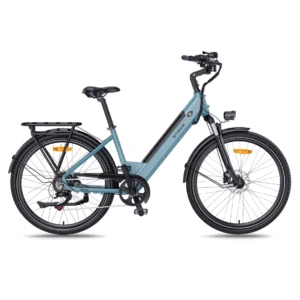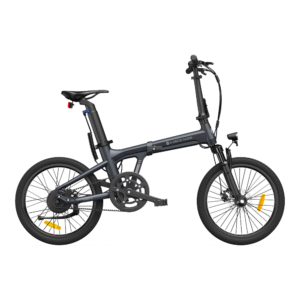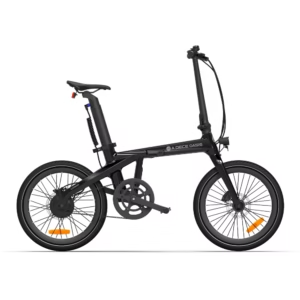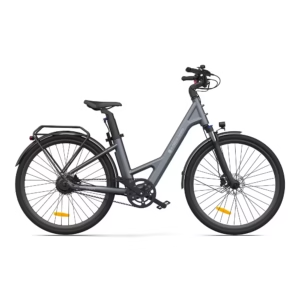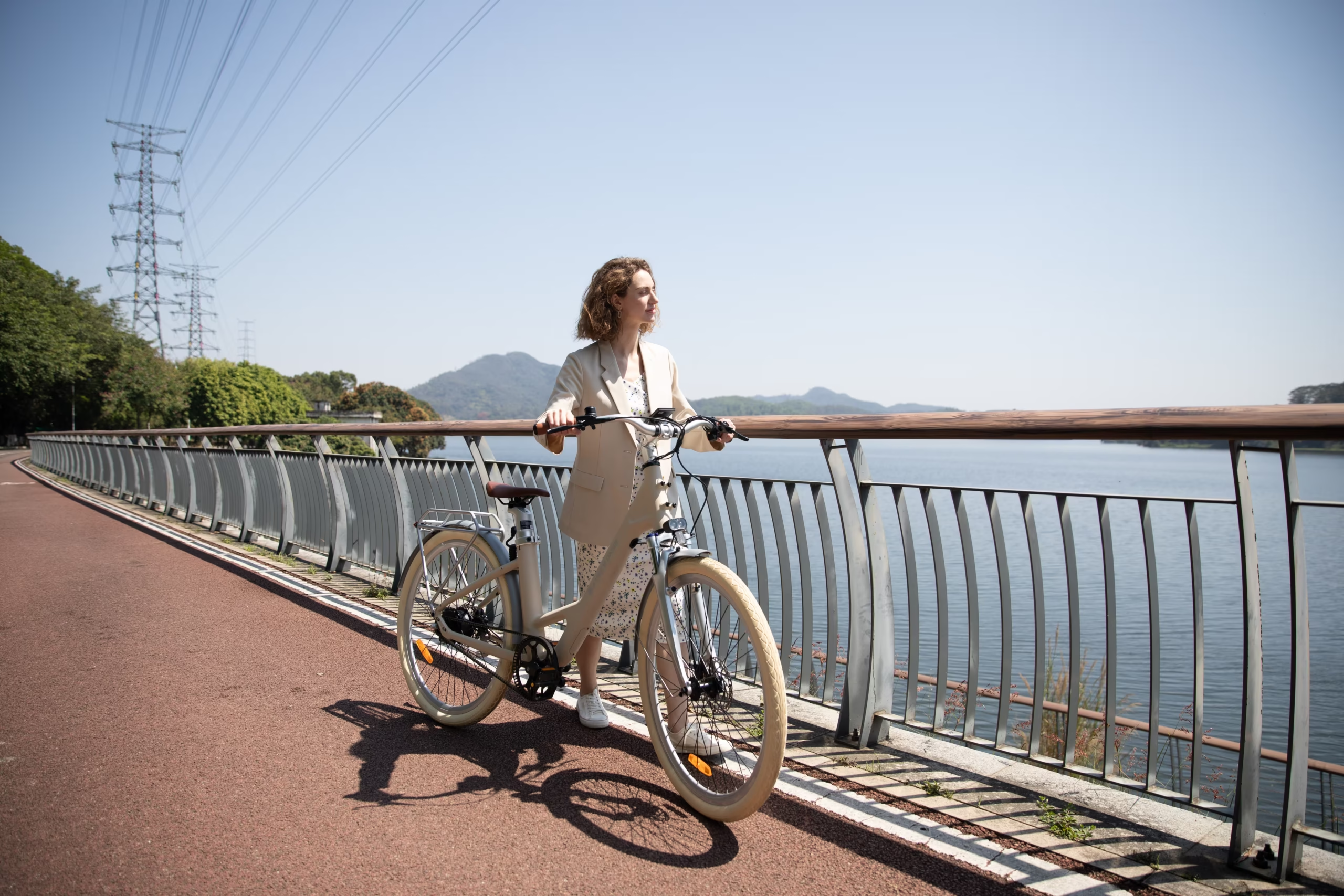Electric Scooter Parts
There are many ways your Electric Scooter can fail you over its lifetime especially if you’re not buying high-quality and tested scooters like the ones we sell. The following are the major components of an electric scooter that can fail: batteries, brakes, controller, deck, handlebars, lights, motor, stem, suspension, and tyres.
Batteries

Many separate cells are joined together to make electric scooter battery packs.
An electric scooter’s “gas tank” is its batteries. They are used to store the energy used by the electric motor and other accessories, such as lights.
The majority of electric scooters will contain lithium-ion battery cells, while some children’s electric scooters and other low-cost scooters may utilise lead-acid batteries.
Watt-hours, abbreviated Wh, are a unit of measurement for battery capacity. One of the most important criteria that determines the price of an electric scooter is the battery capacity.
Brakes

The rear wheel of this electric scooter is equipped with a disc brake.
When riding an electric scooter in the UK, a good braking system, such as the disc brake seen above, is crucial for staying safe and in control.
Brakes, like those on a car or a bicycle, are used to slow down an electric scooter. Mechanical and electrical brakes are the two types of electric scooter brakes.
Disc, drum, and foot brakes are mechanical brake systems that use a physical mechanism to slow the scooter down.
Electrical braking systems, which include both strictly electronic and regenerative braking systems, rely on the motor itself to provide braking.
Mechanical braking systems are typically far more powerful than electrical braking systems. Electronic systems, on the other hand, have the advantage of not requiring any frequent modifications.
Mechanical braking systems are typically far more powerful than electrical braking systems. Electronic systems, on the other hand, have the advantage of not requiring any regular adjustments or maintenance.
The braking mechanisms on many scooters will be a mix of electrical and mechanical. We prefer scooters that have at least two braking systems in case one fails for safety reasons.
Controller

Based on the accelerator input, the speed controller distributes power to the motor.
The speed controller is an electrical component that controls the flow of electricity from the battery to the motor and is located deep inside the scooter. They resemble rectangular metal cans with several wires protruding from them. A heat sync is provided by the metal enclosure. The controller takes input from the accelerator and (electronic) brake pedals and converts it to a current that is sent to the motor.
The voltage and current that a controller can regulate determines its rating. Controllers for scooters with more powerful motors will have higher maximum voltage and maximum current ratings.
Because they do their job quietly most of the time, controllers are one of the most underappreciated aspects of the electric scooter. When things go wrong, they can be a tremendous pain (or perhaps make the scooter dangerous). Controllers have been known to fail or malfunction on some scooters with an inadequate design.
Deck

While riding, the deck is the platform on which you stand. Many (like ours) have been rubberized to improve traction.
You stand on the electric scooter deck, which is similar to that of a skateboard. The battery pack is incorporated into the deck of certain rapid electric scooters (whether they are kick start or not).
The majority of decks feature a textured finish that improves the grip between your shoes and the scooter. Some scooters, such as the Rev seen above, have a slanted deck that allows you to place your feet more comfortably.
The average scooter deck measures 14 inches by 5 inches and has a few inches of ground clearance.
Handlebars

The handlebars serve as your primary point of contact with the scooter. All of the controls, including the accelerator, brakes, speed/settings display, and power buttons, are included.
The most portable electric scooters will have foldable handlebars, which minimise the scooter’s width and make it easier to travel and store.
Lights

It’s critical to have good scooter illumination to see and be visible at night. Unfortunately, the built-in lighting on many of the scooters we examine is inadequate.
Almost all electric scooters have at least one LED headlamp and a brake-activated taillight. Many scooters also feature multi-colored LEDs that wrap around the deck or illuminate from beneath it. This form of lighting is known as swag lighting.
Swag and deck lighting are useful for boosting visibility and adding to the cool quotient of your scooter, but they can’t replace a bright headlight.
Many electric scooters (unlike ours), unfortunately, have dreadfully dim lighting. This is why, for safe night riding, we almost always recommend additional lights.
Motor

Hub motors are incorporated into one or both wheels of adult electric scooters. Dual 500-watt motors are featured in the above-shown Wide Wheel Electric Scooter.
Brushless direct current (BLDC) electric motors are incorporated into the hubs of electric scooters. Every electric kick scooter has at least one motor, with more powerful scooters having two.
Electric Scooter motors are classified according to their power consumption, which is measured in watts. The wattage of more powerful motors will be higher.
An average electric scooter, like the MI M365 will have a 250 watt motor; an intermediate scooter like the Rapid Pro E4-7 will have a dual 500 watt motor; extreme performance scooters, like the Kaabo Wolf Warrior will have dual 1200 watt motors.
Stem

The stem is a foldable metal tube that links the front wheels to the handlebars. The folding mechanism on some electric scooters is a cause of frustration due to its unreliability.
The electric scooter’s stem, also known as the neck, is the long tube that connects the front wheel to the handlebars.
To make transportation and storage easier, nearly every scooter has a folding mechanism incorporated into the stem. We often spend a lot of time in our e-scooter reviews focusing on this unassuming part. This is, however, for a good cause. The folding mechanism can be difficult to use, or even worse, loose and unstable. When you exert force on the handlebars, the entire stem will move back and forth, a situation known as stem wobble. One of the major disadvantages of folding electric scooters is this.
Unfortunately, defective stem folding mechanics are not limited to low-cost scooters. Despite their otherwise excellent quality, high-end Dualtron scooters are known for this problem.
Suspension

Many electric scooters lack suspension, except our high-performance electric scooter models. Some even have a hefty coil-over-hydraulic suspension.
The electric scooter’s suspension, like that of a car or a bicycle, serves to improve ride quality and dampen road bumps.
Spring, hydraulic or air piston, and rubber suspension are the three basic types of suspension systems found on electric scooters. Scooters with the greatest suspension will use a coil-over-hydraulic or coil-over-air system, which combines springs and pistons.
Many scooters do not have suspension and instead rely on huge pneumatic tyres to provide dampening. Large pneumatic tyres can provide a more effective suspension than cheap spring suspensions.
Tyres

In an emergency, tyres provide traction, allowing you to accelerate or brake. Tires without air, such as the ones shown above, do not perform as well as pneumatic tyres.
Tires are your electric kick scooter’s connection to the road, affecting ride experience, traction, range, and braking performance.
There are two types of tyres: pneumatic (airfilled) and airless. There are several types of airless tyres, including honeycomb, polymer-filled, and solid tyres.
Pneumatic tyres are always recommended since they provide a higher ride quality (with or without suspension) and their supple rubber works much better in poor road conditions.




